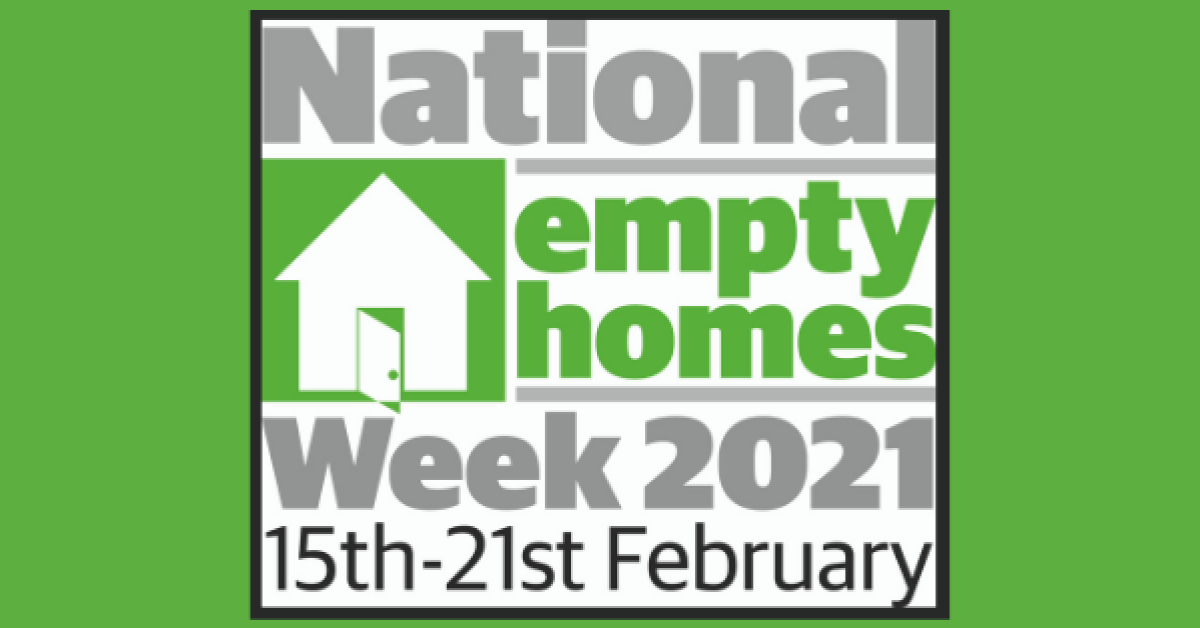

Empty home levels hit a record high - so what can be done?
More than a quarter of a million homes in England are lying empty, despite record numbers of people being desperately in need of somewhere to live.
There are now 268,385 long-term empty homes in England – up 20% on the previous year - with Government figures show the numbers have gone up in nine out of 10 council areas.
The 42,540 rise was the fourth successive annual rise and larger than the previous three years’ increases combined.
This week marks National Empty Homes week, organised by charity Action on Empty Homes to highlight the issue and encourage the Government to invest in schemes to bring empty properties back into use – regardless of tenure.
In 2012 the government set up the Empty Homes Programme to provide around £100m to community groups for refurbishments. More than 9,000 new homes were created from empty properties as a result, however the programme was discontinued in March 2015.
The charity is now asking for a national Empty Homes Strategy backed by a £200m fund to support local authorities in starting to bring the 268,385 long-term empty homes in England back into use.
This would allow local authorities to decide where to target funds within their areas based in need – which could include incentives for landlords to invest in properties and bring them back into use.
Why are there so many empty homes?
There are numerous reasons properties can lie empty. In some instances owners cannot afford to improve their property to sell or let out.
In the case of rentals they could have fallen below new safety standards, for example minimum energy efficiency standards.
The property may have been inherited and the new owners don’t know what to do with it, or are held up by probate.
This year the increase is also likely to have been affected by the pandemic – with an exodus from some city centres as people no longer need to rent near the office. Lockdown will also have affected homes let on a short-term basis through platforms such as Airbnb.
What is the Government doing?
In big cities such as London some investors ‘buy-to-leave’ allowing them to stand empty while their value as an asset grows – something the Government is trying to tackle through higher stamp duty charges.
The Government has also given local councils powers to charge an additional 100% council tax on properties that have been empty for two years.
In the most serious cases if owners cannot or will not improve the home the Secretary of state can give councils permission to issue a Compulsory Purchase Order to take ownership of the property.
Empty Dwelling Management Order (EDMO) can also be issued for long term empty properties that are attracting vandalism and causing a nuisance to the community.
What does the NRLA want to see?
No landlord wants void periods or empty properties, and the NRLA believes landlords play a vital role when it comes to bringing such homes back into rental market.
It has reflected this in its submission to Government ahead of the budget in which it calls for landlords investing in this way to be exempt from the 3% stamp duty surcharge currently levied on those buying additional properties.
Meera Chindooroy, deputy director for policy and campaigns at the NRLA said: “At a time when record numbers of homes are lying empty and demand is higher than ever, it doesn’t make sense to tax those people taking on these properties and bringing them back to the market.
“We believe that waiving the 3% surcharge when landlords are adding to the net supply of homes is the right thing to do to help tackle the empty homes crisis.”
Advice for landlords
Campaign manager Chris Bailey from Action on Empty Homes said landlords keen to invest in empty homes and bring them back into use as rentals should speak to their local council to find out if grant funding or loans are available to bring them back into use.
He advises:
- Don’t buy without visiting. if it is cheap there is a reason (which might include overall values in the area being low but may also be specific to the property and the challenges it represents)
- Check for big ticket costs to get it back into use (roof, windows, damp primarily, plus other smaller but significant ones: central heating, new bathrooms and kitchens.)
- If it is your first purchase or renovation project: Do your research, expect cost escalation, check the local market for comparatives and talk to reputable local builders
- Check for constraints like Conservation area status – which may impact on the cost of simple insulation and renovation strategies like double glazing
- Check if there are exemptions to the additional council tax changes if you do buy a long-term empty property to do up.
The charity has a Frequently Asked Questions page, which also addresses ways of finding owners of empty homes, if you see one you would be interested in taking on. Visit: www.emptyhomes.com/faqs.html

